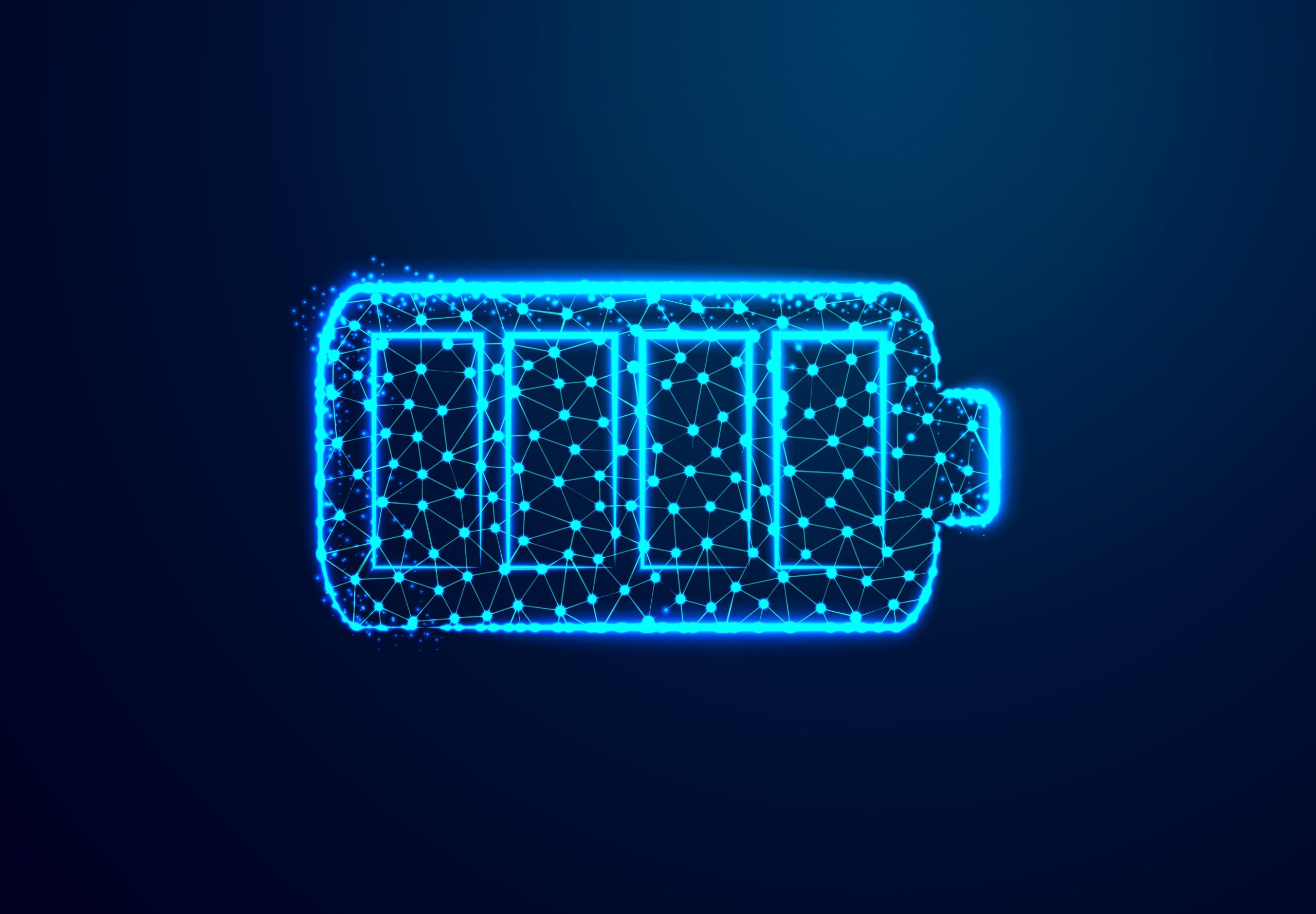When we create memories, our brain may be damaged, but it will be for the greater good. This may all seem like nonsense, but that’s the conclusion of a recently published international study. According to the authors, it was conducted on mice, but demonstrates a number of brain processes that could possibly be extrapolated to humans.
These scientists saw that by forcing rodents to form new memories, they activated genes associated with inflammation. These inflammatory markers remained active for a week. The neurons were then protected from possible external damage or even interruption by new memories.
For this reason, researchers compare the process to making a flatbread. To obtain the final result, it is necessary to break several eggs, but this is done in a controlled manner, for the common good. It is important to insist that it is not yet certain that it can be extrapolated to humans, but it would be interesting to test this, since this process will affect such seemingly unrelated problems as treatment of persistent COVID.
Memory creation and episodic memory.
There are many types of memory that can be classified in different ways. Most often it is necessary to distinguish sensory memory, working memory and long-term memory. When we talk about memories, we usually mean the latter, which, in turn, can have different divisions.
When talking about long-term memory, we most often talk about episodic memory and semantic memory. The first is what allows us to remember the experience very clearly, and the second is the result of learning. So when we remember our first kiss, we resort to episodic memory, whereas to extract the square root, if we still remember how to do it without a calculator, we need semantic memory.
What these scientists studied in mice was episodic memory. To do this, they were subjected to very short and weak electric shocks. This is usually done to create new memories, since animals tend to avoid the place where they received the shock.
It was found that once these new memories were created, genes associated with the memory pathway were activated. TLR9 receptor, involved in the transmission of inflammatory signals. Moreover, this only occurred in groups of neurons that showed DNA damage.
Shield after damage
All this indicates that an effort Making new memories wreaks havoc on our nerve cells. According to the authors of the study, this is due to the process neuronal reorganization which happens quickly when new memories are created.
Does this mean that the more we remember, the worse it will be for our brain? Not so fast.
inflammatory markers They remained active for a week. Later, the neurons, reorganized to form new memories, became especially resistant to external influences.
On the other hand, it was observed that in mice in which the action of TLR9 was inhibited, the DNA was damaged. more serious damage and also mice they couldn’t remember downloads. This indicates that this is actually a small harm for the sake of a greater good. The brain is ready to respond to this small degeneration in a way that doesn’t cause havoc.

Beware of persistent COVID
Some studies suggest that inhibiting the action of TLR9 may help treat persistent COVID, as it is associated with damage and inflammation caused by a virus in the brain. However, this study shows that other pathways need to be explored. If the same thing happens in humans as in mice, inhibiting this receptor could cause memory problems and brain damage.
Science is like that. Sometimes understanding one mechanism helps us find better ways to control another. Or at least it tells us what we shouldn’t do.
Source: Hiper Textual














